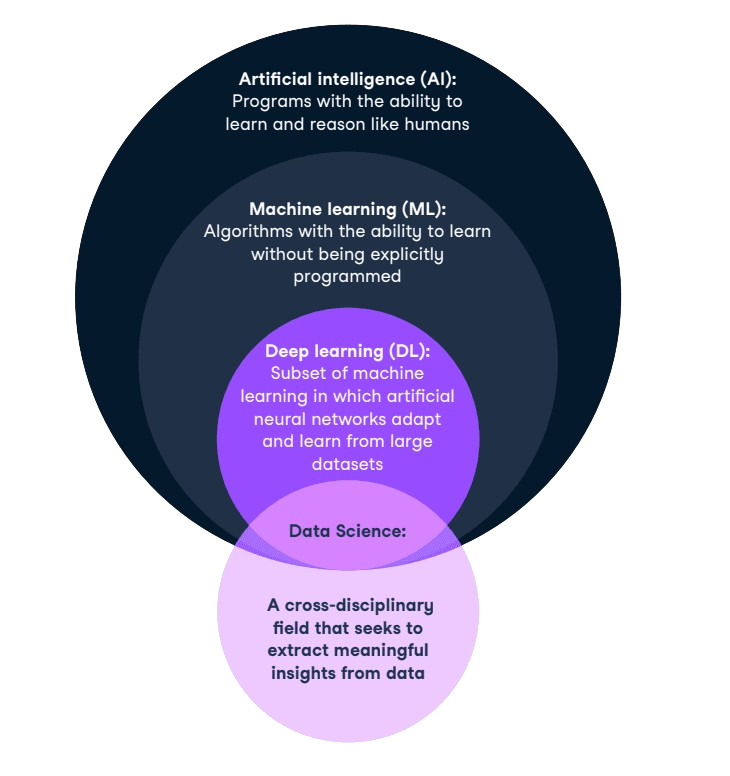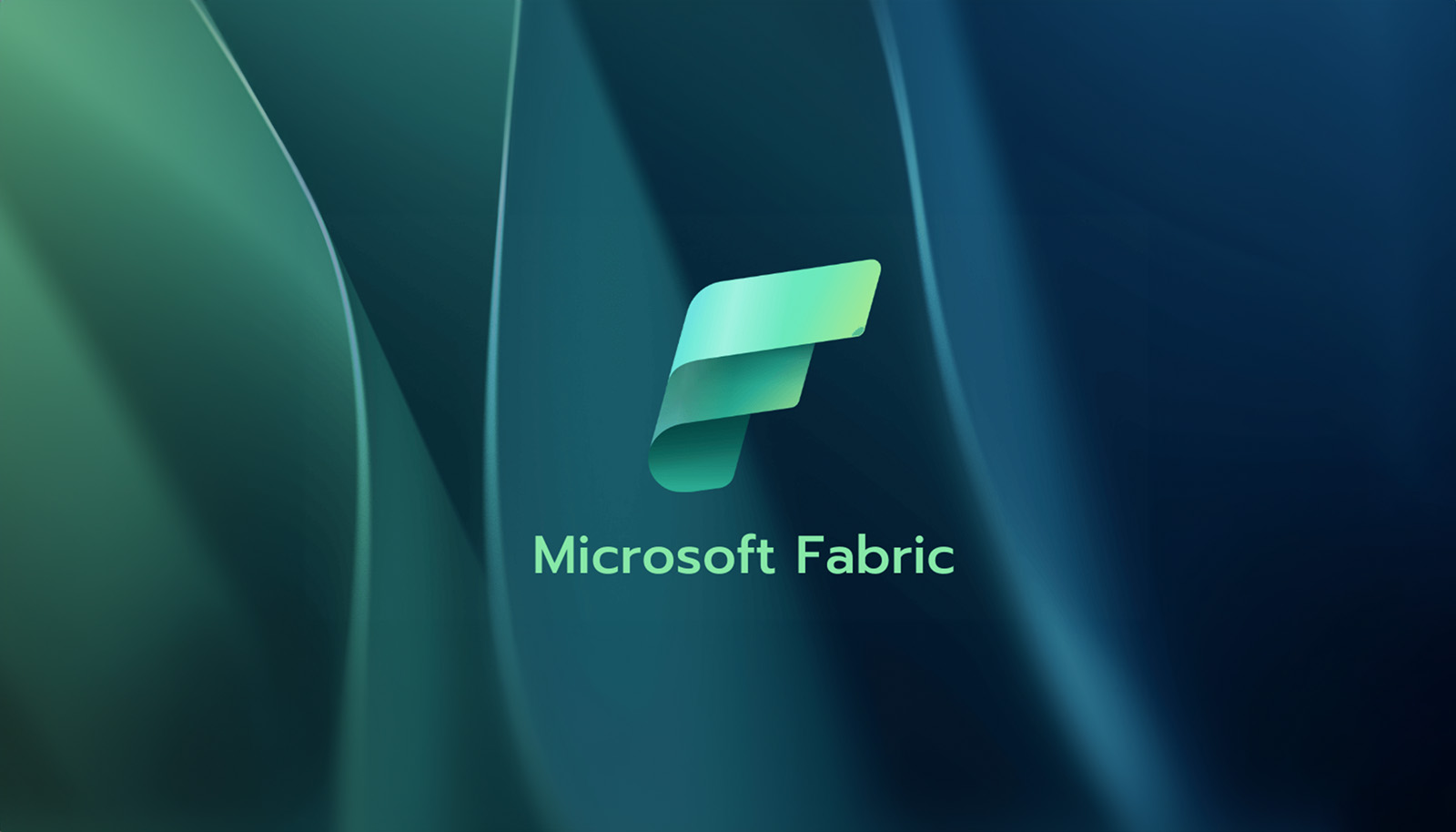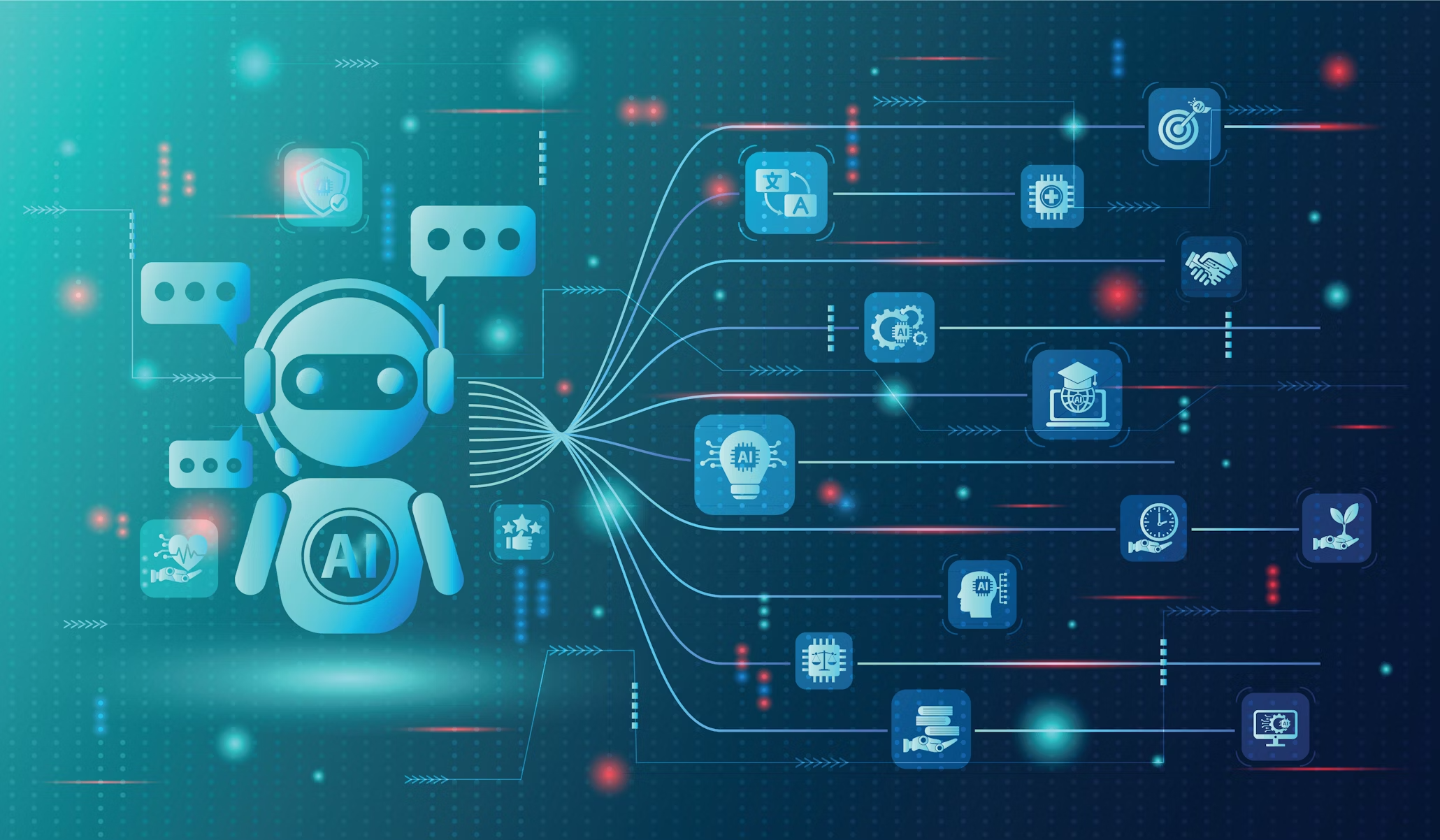From Padawan to Jedi Master to Whatever Yoda Was: A Curated List of AI Learning Resources

This page is an ongoing list of learning resources for AI, ranging from stuff to get you started to stuff for diving deep. My goal is for this to be a targeted collection, quality over quantity. I started it for myself—a software engineer looking for ways to use AI in my workflows—and figured others might find it useful. None of these are affiliate links.
While being undeniably so hot right now, AI education isn’t exactly a novel field. However, the overwhelming demand for content in the space is certainly new. This list is my attempt at separating the wheat from the chaff.
Nerd Note: If you read the title of this article and went “What do you mean whatever Yoda was? Yoda was no mere Jedi Master, he was a Grand Master!”, you’re a nerd, and I love you. Yes, Yoda was a Jedi Grand Master, but it could be said he reached a level of power, influence, and status that went far beyond a title he shared with several counterparts. Yoda’s Jedi lineage is insane. He is a master of masters many generations over. The Star Wars equivalent of Abraham. I believe he should have his own category, Chief Grand Master or something, especially considering his ability to remain prudent despite his infamous ketamine addiction.
Wading In
Most people have heard of AI in some way (ChatGPT, Copilot, Gemini, Claude, Midjourney, Skynet), but if you want to get started with understanding what’s going on under the hood, here are some good resources.
Layman’s Terms
To start, it’s worth getting familiar with the various terms and concepts associated with AI. There’s a flurry of “new” (to the general public) AI terminology floating around these days. To actually understand it all, it helps to read resources that break things down into layman’s terms. Less trying to sound smart and more trying to actually get through to people. The items below do exactly that!
Microsoft: 10 AI Terms Everyone Should Know & 10 More AI Terms Everyone Should Know
These articles from Microsoft walk through a total of 20 terms that are fundamental to the AI field. They each stand out for being written in an approachable beginner-friendly way. Reading and understanding the content within them will help you speak confidently about AI (and sound smart to your friends) while navigating your learning journey.
Free or Paid: Free.
MIT Sloan: How ChatGPT Works: A Non-Technical Primer
This free video lecture from MIT Sloan, led by Professor Rama Ramakrishnan, dives into how AI models like ChatGPT actually work. It covers the basics, like the “predict the next word” mechanism that drives these models, the massive datasets they’re trained on, and the neural networks that give them their conversational superpowers. You’ll also get a behind-the-scenes look at how GPT evolved from version 3 to ChatGPT, the surprising abilities it developed along the way, and what’s being done to tackle issues like bias and nonsensical outputs.
Free or Paid: Free.
Parand Tony Darugar: A Completely Non-Technical Explanation of AI and Deep Learning & A Non-Technical Explanation of ChatGPT & A Non-Technical Explanation of ChatGPT: Deep Learning
There’s a wonderful series of articles by Parand Tony Darugar that break down AI, machine learning, deep learning, ChatGPT, and related topics in clear, layman-friendly terms. As a seasoned technologist and serial entrepreneur, Darugar offers down-to-earth insights for anyone looking to truly understand how generative AI works—without the jargon and posturing. I developed an entire student-centric workshop based on how well he explains things in these articles, you can check it out here.
Free or Paid: Free.
Intro Courses
These courses walk you through the basics of AI. By basics, I mean the basics of what’s happening behind the scenes, rather than the basics of using AI, such as signing up for an account to use ChatGPT. It’s possible to be a decent enough AI user without understanding the concepts covered in these courses. You don’t need to understand automotive engineering to drive a car, but if you want to be a better driver, understanding how your vehicle fundamentally works is undoubtedly a plus.
Microsoft: AI Skills Navigator
Microsoft’s AI Skills Navigator is like having your own personal AI career counselor. It helps you “unlock new opportunities with AI skills that are in demand now and in the future” by using—as you may have guessed—AI to find the learning path that’s right for you. Answer a few questions about your background and interests, and it’ll chart a custom learning journey tailored to your specific needs. It’s like those “choose your own adventure” books from back in the day, except instead of ending up eaten by a dragon, you end up with marketable skills in one of tech’s hottest fields.
Free or Paid: Free.
DeepLearning.AI: Generative AI For Everyone
This course, taught by Andrew Ng is an excellent introduction to AI for anyone regardless of background. Andrew is a big deal in the AI community, like three legendary Sannin big. As a co-founder of Google Brain, he played a role in building a division that went on to make many significant contributions to the field of AI. He also founded DeepLearning.AI and co-founded Coursera, the platform where you’ll find his course.
Free or Paid: Free to audit, paid to access graded materials and get a certificate of completion.
Microsoft: Fundamental AI Concepts & Google: Generative AI Learning Path
Both Microsoft and Google have entry-level “get started with AI” courses that are solid. Each company has robust online education platforms, namely Microsoft Learn and Grow With Google. They offer the kind of free knowledge and training that makes me question if anyone really needs 4 long years of undergraduate school to break into tech these days, but that’s a topic for a different day.
Free or Paid: Free.
Excel + AI
There seems to be no limit to what can be done in Microsoft Excel. It is in many ways the foundation upon which the entire business world rests. The stuff people have pulled off in Excel is insane; like this guy who built a game engine in it. There are companies out there whose continued existence rests on a handful of Excel spreadsheets masquerading as databases. Dread it, run from it, Excel remains all the same.
Ishan Anand: Spreadsheets Are All You Need
MIT grad Ishan Anand came up with an awesome method of teaching AI using spreadsheets. His site features a series of videos that show how AI works using Excel as a familiar interface. It’s a great low-code introduction to AI that’s perfect for technical and non-technical audiences alike.
Free or Paid: Free.
Swimming Swiftly
If you’re ready to go past the basics and get into building, customizing, and practically using AI, here are some resources to help you out. They aren’t quite as deep as dropping everything to become a full-time AI Engineer, but they’re sufficient for a tech-savvy individual to gain the knowledge needed to be dangerous.
Prompt Engineering
The newfound field of Prompt Engineering (a rather generous use of the word engineering) can be crudely defined as “writing good instructions to get good output from AI”. It’s well worth understanding if you want to be an AI power user.
OpenAI: Prompt Engineering Guide
OpenAI—creators of ChatGPT—has a great guide on prompt engineering. Reading and understanding the content on this page can do wonders for improving your interactions with AI tools.
Free or Paid: Free.
DAIR.AI: Prompt Engineering Knowledge Repository
Next, check out this extremely thorough collection of guides, papers, lectures, notebooks, and resources for prompt engineering created and maintained by DAIR.AI. They’re an organization focused on “democratizing artificial intelligence research, education, and technologies”. Everything you’d ever need to become a prompt engineering guru can be found here.
Free or Paid: Free.
Large Language Models
A large language model (LLM) is a type of AI trained on massive amounts of text data. This training enables it to understand and generate content in response to instructions (prompts). An example is OpenAI’s GPT (Generative Pre-trained Transformer), where Generative highlights its ability to create new content, Pre-trained indicates it has been trained on a wide array of text data, and Transformer refers to the model’s architecture, designed to handle complex patterns in data efficiently. Understanding LLMs is key to moving beyond the basics and towards AI expertise.
Andrej Karpathy: Intro to Large Language Models
Andrej Karpathy is an AI heavyweight, just read through his Wikipedia page and you’ll understand why. He’s one of OpenAI’s co-founders and—in addition to being a brilliant engineer—is an excellent educator, dropping AI knowledge for free on his YouTube channel. This 1-hour video where he introduces large language models comes highly recommended by engineers around the web. I see it linked in “How do I learn AI” threads all the time. It’s certainly worth a watch!
Free or Paid: Free.
Jay Mody: GPT In Just 60 Lines of NumPy
To truly understand the inner workings of LLM’s, there’s no substitute for implementing one yourself. Jay Mody’s GPT in 60 Lines of NumPy is a great resource that walks you through building a GPT model from scratch with just 60 lines of code. It’s a great read for anyone looking to understand the technical details behind LLMs and GPT.
Free or Paid: Free.
Python + AI
Python is the programming language of AI, so getting familiar with is worthwhile. These resources center on writing Python code to do stuff and thangs with AI. If you’re not familiar with Python, Google’s Python Class is a good place to start.
OpenAI: API Developer Quickstart
Quick and easy, this tutorial takes you through what you need to know to peel back the chatbot interface of LLMs and start building custom solutions. If you’ve only ever used ChatGPT, you’ll be surprised at just how much more you can control model output using the API.
Free or Paid: The quickstart can be completed for free (no charge for creating an API key), but to do anything beyond basic proof of concepts there is a charge.
Déborah Mesquita: Python AI: How to Build a Neural Network & Make Predictions
Real Python is a blog that puts out great learning resources, ranging from beginner to advanced, for coding with Python. Déborah Mesquita is a data scientist and member of the Real Python blogging team. She’s written a great article that walks you through building a neural network—a foundational part of AI—using Python. By the end of it, you’ll know enough to be dangerous wielding Python as a tool for doing AI stuff and thangs.
Free or Paid: Free.
Harvard University: Introduction to Artificial Intelligence with Python
Harvard University’s name speaks for itself. They put a surprising amount of their lectures and courses online for free, including their famous freshman computer science class. This course introduces writing AI code using Python, which is crucial to interacting with the APIs of companies like OpenAI (backed by Microsoft), Anthropic (backed by Amazon), Meta, and Google.
Free or Paid: Free with optional paid upgrades.
Agentic AI
Agentic AI is the hot new thing sweeping through tech circles. Think of it as AI that doesn’t just respond to your prompts but actively takes actions on your behalf. These systems can browse the web, use tools, make decisions, and accomplish complex tasks with minimal human oversight. The fundamental difference is in the action-taking capability: traditional AI models provide information or generate content when prompted, while Agentic AI actively executes tasks on behalf of users. It’s the difference between “Hey AI, how do I book a flight?” and “Hey AI, book me the cheapest flight to Lagos next Tuesday.”
While everyone’s buzzing about it because it represents the next evolution in AI utility—from advisor to doer—let’s not gloss over its serious implications. Agent systems could potentially make critical decisions with real-world consequences with little to no human supervision. We need qualified experts and proper safeguards in place before we start deploying these agents all around. It’s one thing when an AI chatbot makes a factual error in a response; it’s quite another when an AI agent with tool access withdraws money from your account, changes your business strategy, or modifies critical infrastructure settings.
That being said, here’s some resources for learning more about Agentic AI.
Microsoft: AI Agents for Beginners
Microsoft has put together a free course that demystifies AI agents with 10 lessons covering everything you need to get started. It walks you through what agents are, how they work, and how to actually build them yourself. The course is backed by a GitHub repository with all the code and resources needed.
Free or Paid: Free.
Microsoft: AI Agents — What They Are, and How They’ll Change the Way We Work
This article from Microsoft gives an overview of AI agents and their potential impact on the workforce. It breaks down the concept into digestible bits while also exploring the practical applications we’re likely to see in the near future.
Free or Paid: Free.
IBM: What Are AI Agents
IBM’s take on AI agents provides a complementary perspective to Microsoft’s article. It covers the core concepts but also dives into the business applications and how these tools might reshape industries. IBM has been in the AI game since the days of Deep Blue vs. Kasparov, so they bring a wealth of historical context to their analysis of where Agentic AI fits in the broader evolution of artificial intelligence.
Free or Paid: Free.
Hugging Face: AI Agents Course
Hugging Face—the GitHub of AI models—has created a comprehensive free course that will take you “on a journey, from beginner to expert, in understanding, using and building AI agents.” If you’re not familiar with Hugging Face, they’re the creators of an open-source platform that’s become central to the democratization of AI. Their course is particularly valuable because it emphasizes practical implementation alongside theoretical understanding, giving you the skills to actually build working agents rather than just talk about them conceptually.
Free or Paid: Free.
MIT Technology Review: Cyberattacks By AI Agents Are Coming
This sobering article from MIT Technology Review reminds us that with great power comes great responsibility (thanks, Uncle Ben). As AI agents become more capable, they also become more dangerous in the wrong hands. The piece explores how Agentic AI could be weaponized for sophisticated cyberattacks that bypass traditional security measures. It’s a necessary counterbalance to the hyped-up enthusiasm found elsewhere and a reminder that building AI agents isn’t just about following tutorials—it requires careful consideration of ethics, security, and unintended consequences.
Free or Paid: Free.
Diving Deep
If you’re set on making AI your bread and butter, then this stuff is your jam 🙃. This is “I want to be an AI Researcher”, “I want to be an AI Engineer”, “I want to be a Machine Learning Engineer”, and/or “I want to help advance humanity towards artificial general intelligence” territory.
It’s beyond what’s needed for practical application. The earlier resources are sufficient for being the “AI guy” at most companies. However, if you really want to know your stuff when it comes to AI—like going from the “car guy” to the “creator of novel automotive engineering advancements guy”—these resources will help.
Foundational Texts
It might be all the rage right now, but AI isn’t new. There have been several landmark works (many of them originating from researchers at Google, who deserve their flowers for advancing the field) that redefined what machines could do. To understand AI—from first principles—you need to go back and read the papers, blogs, books, etc. that laid the foundation for our present AI-crazed world. Here are a few worth reading. Remember, these resources are for diving deep, way deep. These aren’t light reads.
Alan Turing: Computing Machinery and Intelligence
Ever heard of the Turing Test? The test for whether a machine has reached a level of intelligence indistinguishable from a human being. This paper—written by legendary mathematician and computer scientist Alan Turing—is where it was first introduced. Published in 1950, it not only proposed the Turing Test but also delved into the possibilities and implications of what we now call artificial intelligence. Yes, this paper is old, but if you’re trying to “know your stuff” when it comes to AI, reading its 28 or so pages is a must.
Free or Paid: Free.
Google Brain: Attention Is All You Need
Published in 2017 by Google Brain, the paper Attention Is All You Need introduced the transformer model, laying the foundation for modern generative AI. That is, the discoveries introduced in this paper are directly responsible for OpenAI’s later breakthrough with ChatGPT. This paper contains the research, the knowledge, the discoveries, that made it all possible. Its revelations shifted AI from rigid, sequence-based processing to a flexible, efficient framework capable of understanding and generating human-like text. It’s a seminal read for anyone looking to understand how we got to our current state of AI-generated content being both feasible and convincing.
Free or Paid: Free.
Google Research: BERT: Pre-training of Deep Bidirectional Transformers for Language Understanding
In 2018, Google Research revolutionized the way machines understand human language with the introduction of BERT (Bidirectional Encoder Representations from Transformers). This paper describes a method that allows AI to better comprehend the nuances and context of language as it’s used in the real world. BERT set a new standard for natural language processing tasks, such as answering questions, translating languages, and even summarizing long articles. All of those learnings have become critical parts of major AI tools (ChatGPT, Claude, Gemini, etc.) If you’re diving into AI, especially the language part, getting familiar with BERT is worth the time investment.
Free or Paid: Free.
Stuart J. Russell & Peter Norvig: Artificial Intelligence: A Modern Approach
Do you remember when video games (excluding Madden and NBA 2K) ditched the “release a new game every year” format in favor of the “release a game and support it for years with DLCs and bug fixes” format? That’s what this book is for AI. It is the AI textbook across universities globally and has been since its original publication in 1995. Despite its ostensibly ancient publication date, it’s nowhere near outdated. The authors periodically release new editions to keep with the times, each one improving on the last. The most recent edition was released in 2020 and is filled with the latest research, up-to-date examples, and insights into both the foundational theories and cutting-edge applications of AI. If you want to dive deep into AI, make this your swimming pool.
Free or Paid: Technically speaking, paid, but actually, free.
Advanced Concepts
Machine Learning, Neural Networks, and Deep Learning are all important domains of artificial intelligence. Understanding what they are, and the differences between them, is key to building AI expertise. Here’s an intentionally oversimplified rundown of those terms.
- Machine Learning is all about teaching computers to get smarter over time, like giving them the building blocks and basic know-how to tackle problems on their own. But you can’t just kick back and let the computer do all the work—you’ll still need to guide it along the way, tweaking things here and there to get the best results.
- Neural Networks are the engines that power many Machine Learning systems. They are designed to mimic the way the human brain operates, allowing them to learn from vast amounts of data. These networks consist of layers of interconnected parts that process data sequentially, enhancing their ability to make complex decisions and predictions.
- Deep Learning is like Machine Learning’s overachieving sibling. It’s a specific type of Machine Learning that relies heavily on Neural Networks to process massive amounts of data. Deep Learning excels at handling unstructured data like audio, video, and images. But much like Machine Learning, it still requires careful preparation and labeling of data before it can work its “magic”.
This image from Data Camp does an excellent job of breaking down the terminology and their relationships.

What follows are specific learning resources for these advanced subdomains of AI.
Machine Learning
Notable learning resources for diving into Machine Learning.
Stanford University: Machine Learning Specialization
This course bundle by Stanford University—in partnership with DeepLearning.AI, a near-ubiquitous fixture in the AI education space—offers a comprehensive dive into the world of Machine Learning. From basic concepts to advanced applications, it provides the kind of content that’ll prove extremely valuable for those interested in building and manipulating AI models.
Free or Paid: Free to audit, paid to access graded materials and get a certificate of completion.
Google: Machine Learning Crash Course
When it comes to AI education, Google’s resources are top-tier—and for good reason. Let’s not forget that Google invented Transformers (the “T” in GPT), which revolutionized the AI landscape. Their Machine Learning Crash Course is designed to get you up to speed quickly with the fundamentals and practical applications of ML. For those with more time on their hands, Google’s broader Machine Learning education portal offers even more in-depth materials. These resources are particularly valuable for those preparing for technical interviews in the field.
Free or Paid: Free.
Reddit: r/learnmachinelearning
Never underestimate the power of community learning. The r/learnmachinelearning subreddit is a fairly large group of beginners, students, and professionals all learning Machine Learning together. It’s an excellent place to ask questions, share resources, troubleshoot code, and stay motivated. Sometimes the best way to learn is to see others struggling with (and solving) the same problems you’re facing.
Free or Paid: Free.
Chirstopher Bishop: Pattern Recognition and Machine Learning
Christopher Bishop—a Microsoft Technical Fellow and director of their AI Research Division—has been doing groundbreaking work in AI since before it was mainstream. His contributions have not only pushed the boundaries of what AI can achieve but also helped position Microsoft at the forefront of the field. His book—Pattern Recognition and Machine Learning—was first published in 2006 but has undergone continuous updates since. It’s widely recognized as a foundational text for Machine Learning and is required reading in many programs around the world.
Free or Paid: Free.
Neural Networks
Notable learning resources for diving into Neural Networks.
Andrej Karpathy: Neural Networks - Zero to Hero
To thoroughly explore and understand Neural Networks, there are few better resources than this video series by Andrej Karpathy. He’s one of OpenAI’s co-founders, a former director of AI and Autopilot Vision at Tesla, and an all-around brilliant computer scientist. The YouTube playlist for the series can be found here, but Andrej also has a website for the course.
Free or Paid: Free.
3Blue1Brown: Neural Networks Video Series
If you’re a visual learner, this is the neural networks resource for you. It was created by 3Blue1Brown, one of the most respected educational channels on YouTube, and breaks down how neural networks work with impressive visuals and animations. It’s one of the most frequently recommended resources on developer forums like Hacker News and r/MachineLearning, and for good reason. Seeing the math come to life helps makes all the abstract AI concepts click. If you’d rather read than watch the videos (they’re long), there’s a written and interactive form of the series here.
Free or Paid: Free.
Michael Nielsen: Neural Networks and Deep Learning
Michael Nielsen, a quantum physicist and AI researcher, authored the accessible yet profound Neural Networks and Deep Learning in 2015. The book is a treasure trove for anyone diving into the mechanics of Neural Networks, which are a fundamental aspect of AI. The book exists online on his website, but if you prefer, you can likely find a PDF version with a quick search.
Free or Paid: Free.
Deep Learning
Notable learning resources for diving into Deep Learning.
Parand Tony Darugar: A Completely Non-Technical Explanation of AI and Deep Learning
Compared to the other resources in this section, this is a lighter read. It’s meant to get you familiar with the concepts behind AI and Deep Learning without the fancy terminology of academic writing. I find it refreshingly humorous while still being informative. It’s a good starting place before wading into deeper waters with Deep Learning. Parand Tony Dugar has an extensive history as a tech VP and entrepreneur. His blog features other similarly written articles that make AI concepts approachable in a non-stuffy way. It’s worth checking out!
Free or Paid: Free.
DeepLearning.AI: Deep Learning Specialization
This series of courses by DeepLearning.AI offers a structured approach to understanding the core concepts and techniques of Deep Learning. It gets into advanced concepts that aspiring AI Engineers will find valuable, all while maintaining a focus on real-world usage.
Free or Paid: Free to audit, paid to access graded materials and get a certificate of completion.
Fast AI: Practical Deep Learning
If you already have coding experience and want to skip straight to practical applications of Deep Learning, this free course created by fast.ai is a good fit. It’s less “reasoning from first principles” and more “here’s what to know so that you can use this right now”.
Free or Paid: Free.
Conclusion
There’s a lot of content out there related to AI. With this post, I’m trying to pare things down to what’s uniquely worth spending time on. Time is precious, and now more than ever, curated content that gets to the heart of what you’re looking for is needed to make the most of it. There are resources on this page that I haven’t even finished combing through. I relied heavily on suggestions from prominent AI experts and tech-savvy users on Hacker News, Reddit, and Stack Exchange while compiling this list. I’m keeping it updated as I find new resources, or conclude that existing resources aren’t worth keeping listed. Feel free to share your thoughts with me using my contact page or the comment section at the bottom. I hope you got some value out of this article!




